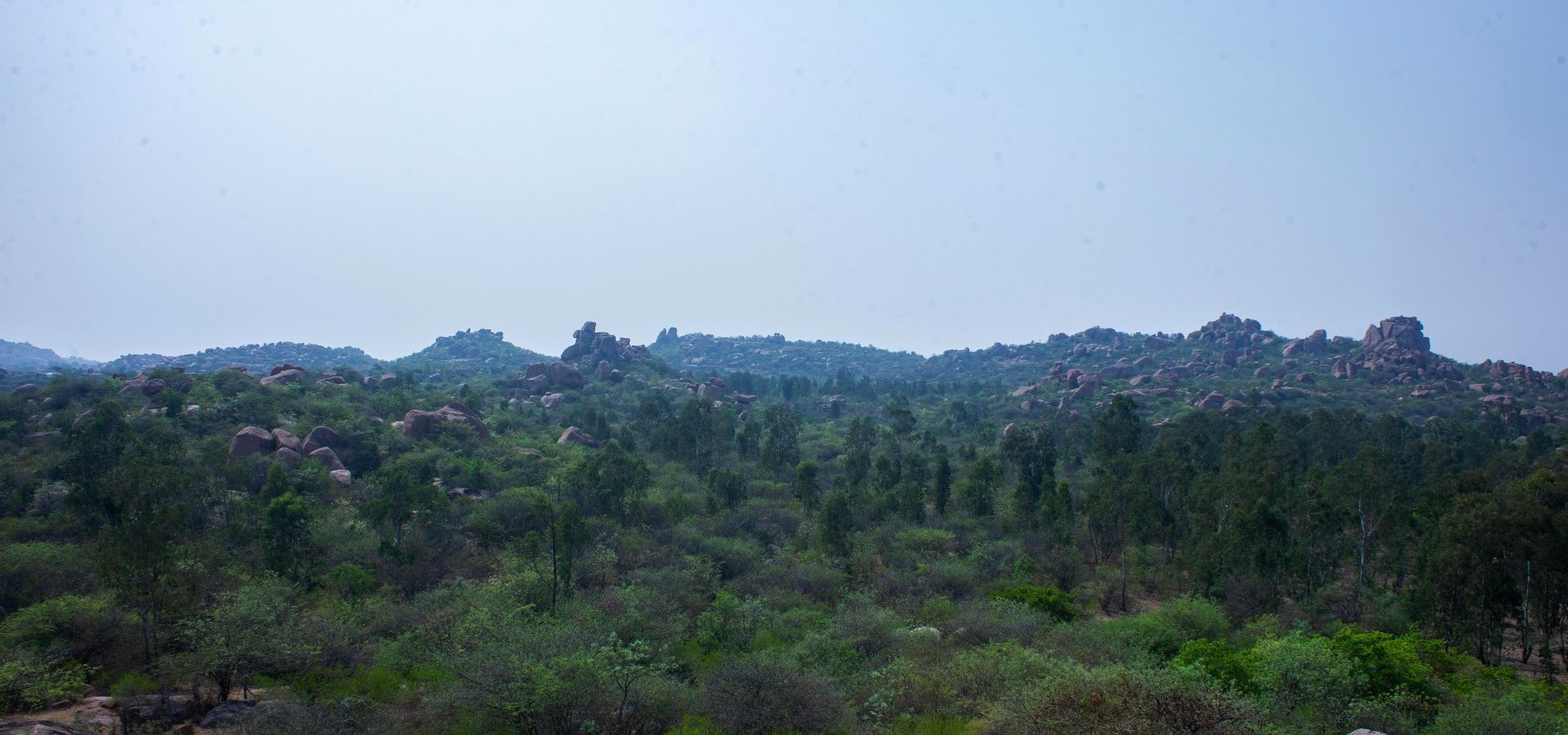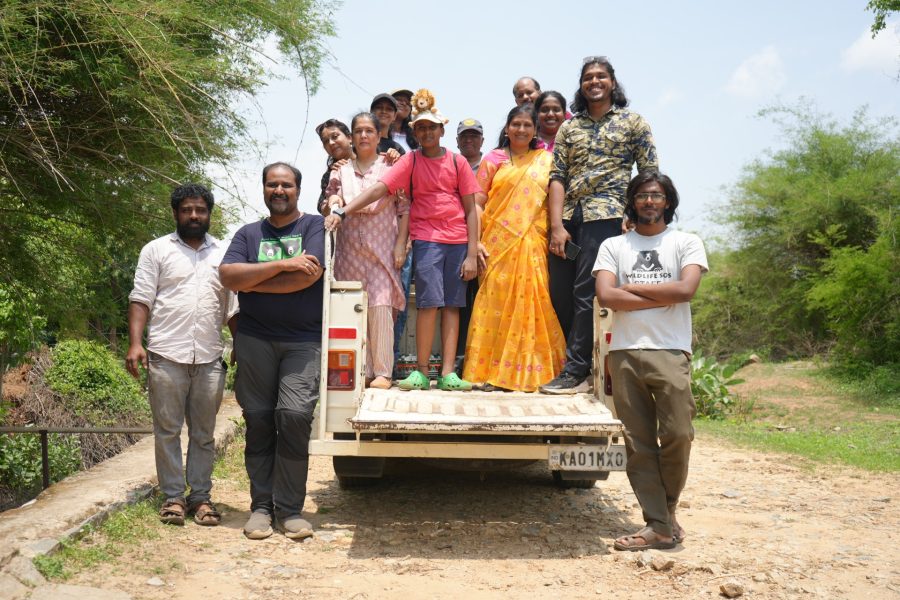‘Biodiversity’ is a portmanteau of the words ‘biological’ and ‘diversity’, which is the sum of all living organisms on planet Earth. But as with other ecological crises, biodiversity is impacted by anthropogenic activities too. In fact, around one million plant and animal species are threatened with extinction today. This urgent crisis is propelled due to the loss in populations of living organisms vital to healthy ecosystems, otherwise known as biodiversity loss.
Biodiversity loss and climate change are considered to be two sides of the same coin. We cannot treat biodiversity loss as an independent malady. For instance, the loss of forests worsens both climate change and biodiversity loss. The deforestation of forest habitats is an accelerating factor for these two phenomena. At a time when human activities have moulded and reshaped 75% of the Earth’s surface, natural spaces for wildlife are shrinking day by day and we are limiting them to a tight corner. We need to re-learn how to coexist with other species and let wild habitats flourish in order to reverse the vandalisation of nature.
Factors Driving Biodiversity Loss
Loss of biodiversity has two major components; one is specific to habitat and the other to species. The habitat-specific component is easier to guess, and includes habitat fragmentation, loss and degradation. The species-specific component consists of factors such as wildlife trafficking and poaching.
When we bring factors related to habitat into the discourse, it entails the degradation of terrestrial, aquatic, as well as hybrid habitats such as swamps, mangroves and cave systems, among others. Forests and oceans are facing the brunt of human bulldozing due to unsustainable agricultural and fishing practices respectively. According to the UN, forests are home to nearly 80% of all terrestrial plant and animal species, and around 1.6 billion humans depend on forests for their livelihoods, with 70 million of them being indigenous people.
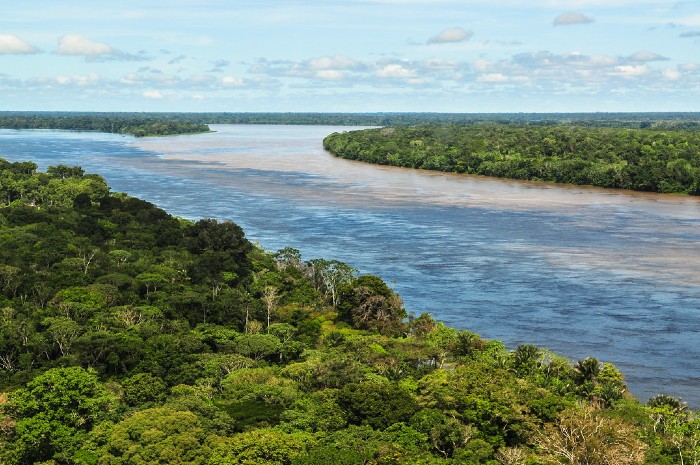
These are staggering numbers and you will be shocked to know the cause behind this mass murder of forests. It is all done so that food reaches our plates. Our global agricultural system is the biggest contributor to deforestation, ecosystem degradation and habitat loss. As per the United Nations Environment Programme, it is the primary driving force behind biodiversity loss with agriculture alone being a direct hazard to 24,000 of the 28,000 species threatened with extinction.
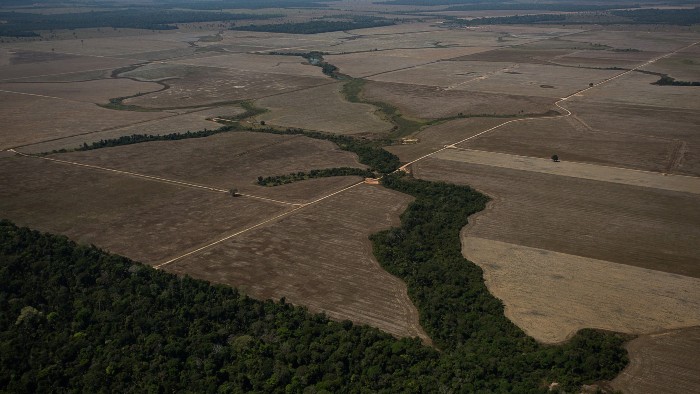
According to the World Wildlife Fund’s Living Planet Report 2021, humans have decimated 69% of the populations of mammals, birds, amphibians, fishes and reptiles all over the world in the last 50 years! That is definitely not something humanity should be proud of. This has primarily been propelled by deforestation for various anthropogenic activities, the introduction of invasive species, pollution, poaching and wildlife trafficking, and illegal hunting, to name a few.
The Vicious Loop
At a UN conference on biodiversity in 2010, it was reported that the world’s wildlife was declining rapidly at a rate of 2.5%. Today, that rate has not reduced, making human inactions even more conspicuous than ever. We may have discussed the major reasons behind the loss of biodiversity, but there is another cause right in front of our eyes. The threat of climate change is deteriorating the situation and making the lives of non-human organisms harder than ever before.
As we see more and more extreme weather events such as severe droughts, flash floods, irregular cyclones and hurricanes, warmer temperatures, extreme heatwaves, melting glaciers, sea ice, and rising sea levels, these are impacting natural habitats and the biological diversity that is facing it first. While heatwaves and droughts cause incalculable loss to wildlife populations across the globe, cyclones are sure to leave natural habitats ravaged.
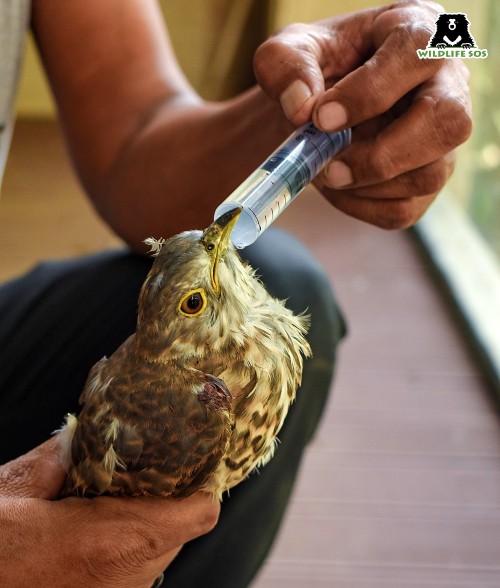
The phenomenon of forest fires leaves a wake of destruction by burning down millions of acres of forests, which kill both trees as well as animals depending on those trees for food and shelter. Rising temperatures in the oceans due to climate change leave warm water corals vulnerable, and corals are threatened to perish in a process called coral bleaching. With bleaching events, it is not just the reefs that are prone to die but the allied marine diversity of life too is negatively impacted.
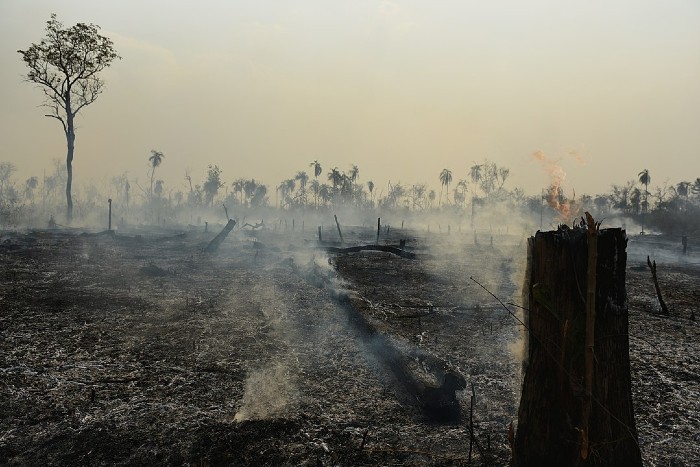
Similarly, loss of biodiversity also exacerbates climate change and the most clear example is the carbon dioxide emissions from deforestation. Since the beginning of the 21st century, the world has lost tropical forests roughly the size of Europe, the global Forest Resources Assessment (FRA) 2020 report by the United Nations Food and Agriculture Organisation states. From 2001 to 2021, a total of 437 million hectares of tree cover was lost globally, that is, 11% decrease in tree cover since 2000 causing 176 gigatonnes of CO₂ emissions. This entire mechanism works on a feedback loop where biodiversity loss aggravates climate change and vice versa.
Interconnected Impacts
These calamitous predicaments are holding wildlife tightly by the grip of its jaw. As we mentioned earlier, biodiversity loss has a species-specific component too. An estimated 15 billion trees are cut down every year, and with that we not only lose species belonging to various genera of various families, but we also lose the animals who are mutually dependent on those trees for feeding, foraging, roosting and breeding. Cutting down even a single tree means harming the habitat of an animal.
For instance, the Spotted owlet (Athene brama) commonly roosts in groups within tree cavities or on branches. This provides them insulation and protection from extreme environmental conditions, and helps them conserve energy. This owl species is known to build nests in tree cavities during the breeding season, which lasts from January to April. Some commonly inhabited trees by the Spotted owlets are the Indian Banyan, Rain tree, Neem, Coconut, Mango and Tamarind tree. The survival of a species like the Spotted owlet, therefore, depends on the survival of habitable trees.
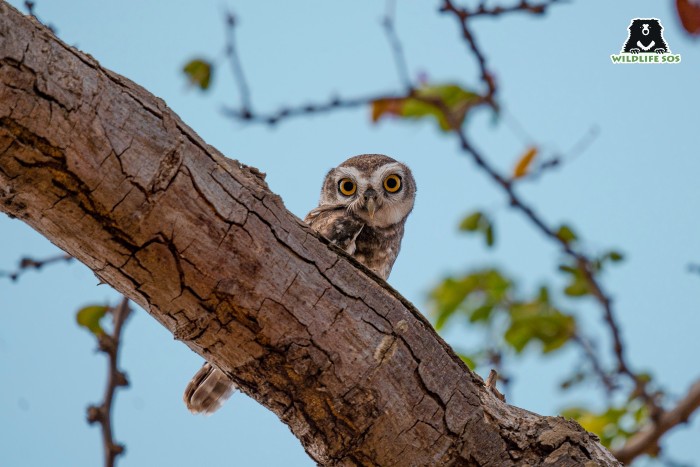
Similarly, the Indian Giant flying squirrel (Petaurista philippensis) can be found in the Deodar forests of the Himalayas and being an arboreal (tree-dwelling) mammal, spends most of its time in the canopy. Active loss of canopies can steal the shelter of these, along with many other animal species that rely on them. These are just some of the examples that explain how cutting down trees can create a domino effect for the dependent animal species.
Wildlife SOS Preventing Biodiversity Loss
Our organisation is at the frontline of preventing biodiversity loss both at the species as well as habitat levels. At the habitat level, Wildlife SOS is engaged in the conservation and management of natural landscapes through habitat restoration. The Ramdurga Valley Project carried out in the Koppal district of Karnataka was initiated for the rejuvenation of a degraded area spread over 40 acres. The work has led to the restoration of precious Sloth bear habitat and other endangered species such as tortoises, leopards and pangolins, to name a few. It is a conservation bulwark that aligns with the need to rewild the natural world.
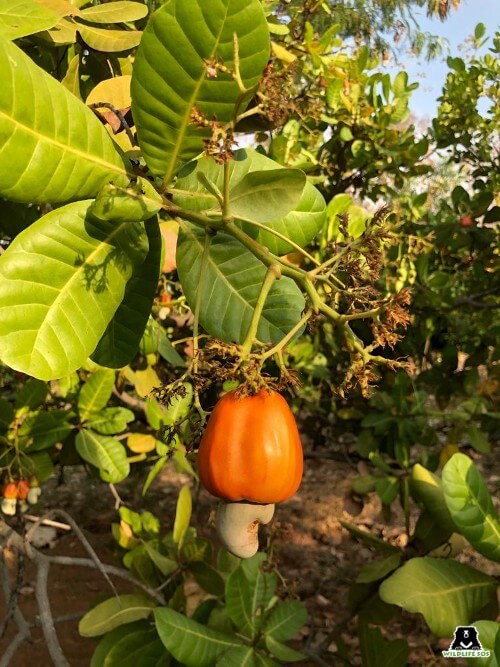
In April 2012, the project was expanded to an additional 10 acres. In consultation with horticultural experts, saplings of tree and shrub species most appropriate for the area were selected and nearly 10,000 saplings were planted. We planted Mahua, Neem, Arjuna, Mango, Amla, Indian Beech, Bamboo, Custard apple, Indian Laburnum, Fig, Banyan, Jamun, Bohenia, Bodhi and others in the 10-acre area.
From the species level, Wildlife SOS has established 24×7 emergency rescue helplines across the country in four regions – Delhi-NCR (+91 9871963535), Agra (+91 9917109666), Vadodara (+91 9825011117) and Jammu and Kashmir (+91 7006692300, +91 9419778280) – to save distressed wildlife from urban, semi-urban and rural areas. From mammals such as canids, felids, antelopes, bovids, bats and rodents, to reptiles like crocodiles, snakes, turtles and lizards, as well as numerous birds, the NGO’s Rapid Response Unit is constantly on the move to rescue wild animals in peril.
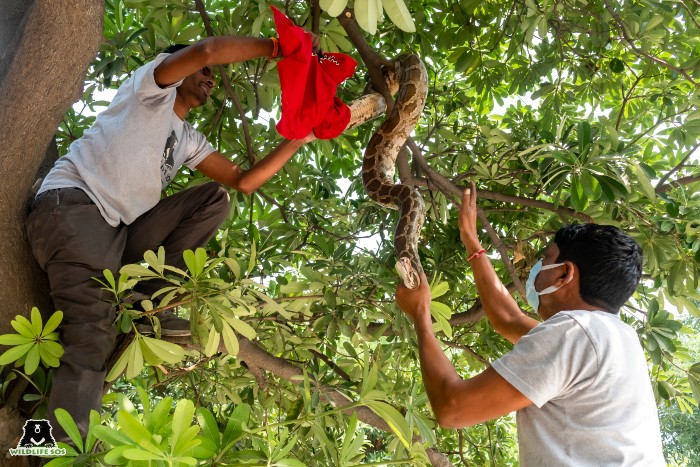
In 2021, Wildlife SOS rescued over 4,800 animals with more than 2,000 bird and nearly 1,800 reptile rescues to its name. In 2022, the numbers are higher and our team has almost matched previous year’s total figure with already two months left in the year. This year, the month of October hit a high, with the Wildlife SOS Agra team having rescued 302 animal lives. Reptile rescues dominated the month with their number hitting 191. These numbers were the highest for any month in 2022 for the Agra rescue team.
The numbers are an indication that these animals could otherwise have faced a more tragic fate had they not been rescued. Wildlife SOS is therefore trying its best to halt the biodiversity crisis. You can support our efforts by calling our helpline numbers if you ever see any wild animal in distress. You can also consider becoming a monthly donor for Wildlife SOS.

